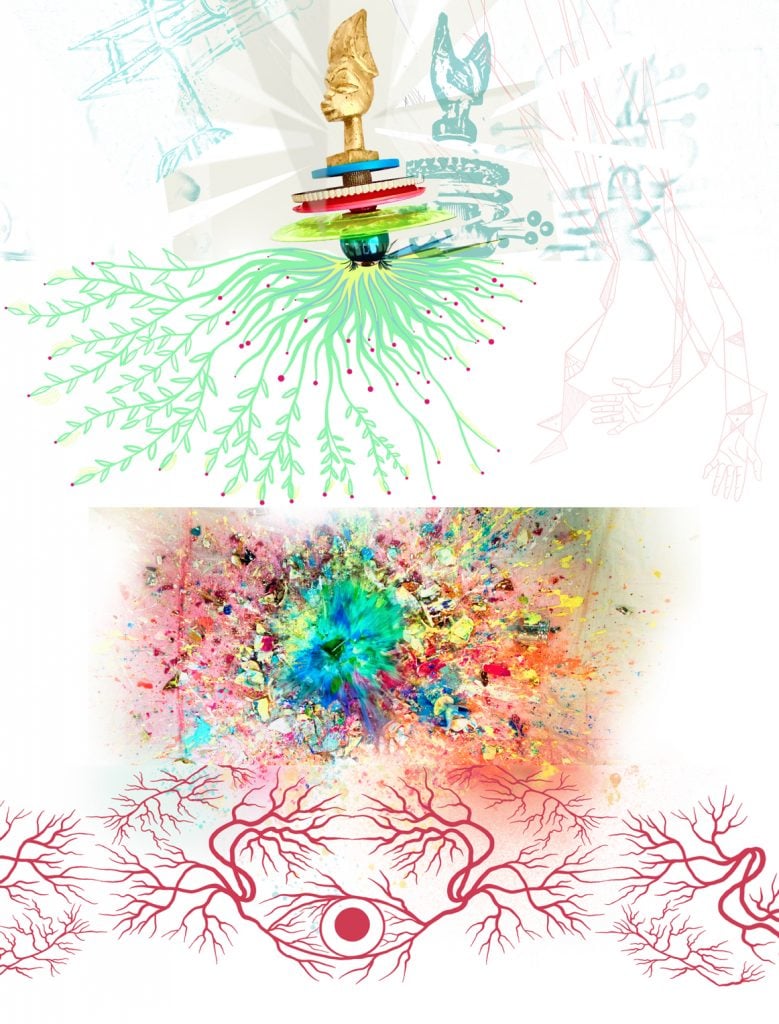Far too often, photographer Luvia Lazo sees people from her Zapotec community—a culture originating from the Oaxacan region of Mexico—depicted through the lens of an outsider. The goal of her work is to add her perspective as a native woman. In a recent series, “Kanitlow,” Lazo positioned her subjects in ways that obscured their faces while highlighting cultural elements that are at risk of disappearing, from local flowers to a traditional garment or hairstyle.
Born in Puerto Rico and now based in Miami, multimedia artist Carlos Betancourt is also interested in preserving the cultural traditions of Mexico, which he’s visited regularly over the last 35 years. For his latest public art project, Milagros!, he hung hundreds of hojalata (tin) charms—symbols of devotion, hope, and healing, all handcrafted by Oaxacan artisans—over a street in Miami Beach.
Sharing in their mutual admiration for how much art imbues everyday life in Mexico, the artists spoke with Artnet News on the need (for local and non-local artists alike) to “keep it real,” as Betancourt says, while paying homage to the country’s cultural traditions in their work.
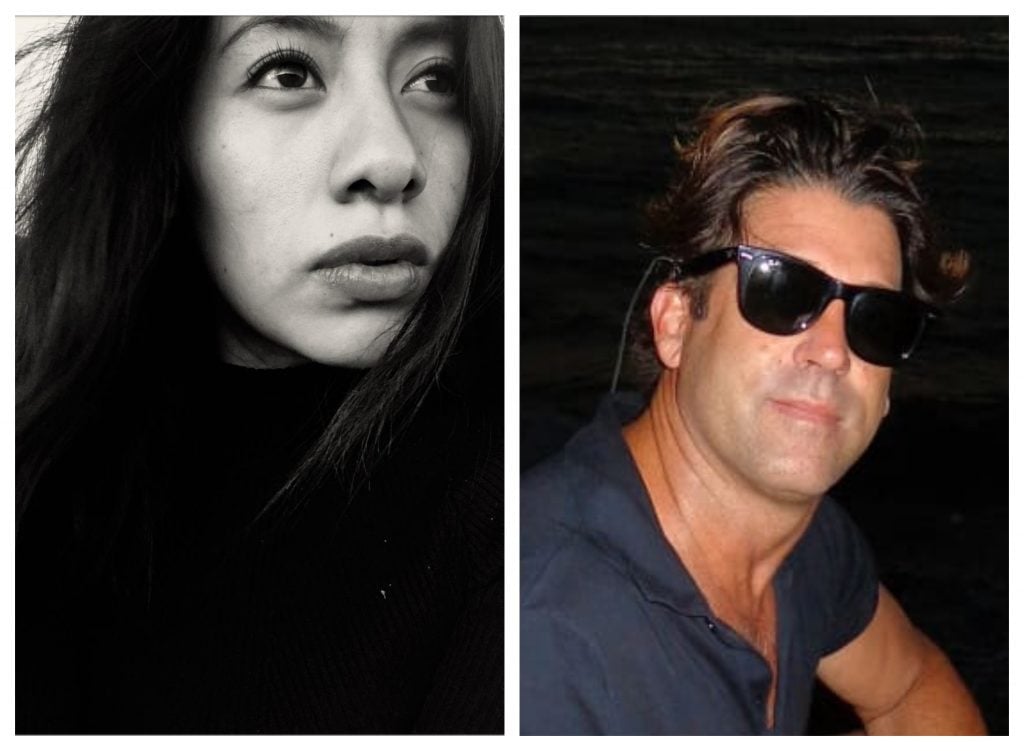
Luvia Lazo and Carlos Betancourt. Courtesy of the artists.
What is the story behind each of your decisions to pursue a creative career?
Luvia Lazo (L.L.): I never planned to work as a creative. I’m from a little village in Oaxaca, where your first thought is to start making things to get money or [an] opportunity [for] a better life.
I discovered that photography was the way I wanted to do that. I wanted to share another perspective from our community in Oaxaca. I wanted to show us as we are; to have more honest and real photos of thoughts and feelings—as an indigenous woman, especially. I was a bit tired of seeing us just as one thing all of the time. I wanted to go deeper.
Carlos Betancourt (C.B.): I feel that [art, as] my calling, was predisposed—that it was decided by someone else a long time ago.
I always knew I wanted to create things, [ever] since I was young. I don’t know if it was the culture around me, but my parents told me I always had a pen and a pencil in hand; [I was always] drawing. I just didn’t know which discipline [I would pursue].

Luvia Lazo, Maria. Courtesy of the artist.
What draws you to Mexico as a fruitful setting for artistic production?
L.L.: [In] Mexico, especially Oaxaca, things are very connected: People are connected to [the] earth, to nature. Everything feels alive—things, places—and everyone is creative. When people visit Oaxaca, they can see art really [coming] alive in people and things.
[They may not be] aware that they are, but everyone in Mexico is an artist. So I think as someone from Mexico, that allows you to explore.
C.B.: I will add to what [you] said, Luvia: I call Mexico “the continent of Mexico.” It’s a world unto itself. It’s so different from any other cultural force out there; it is so defined.
I think when you have a culture that understands its traditions so well, it grounds you [as an artist]. It gives you such a solid foundation for your work. Also [in] Mexico, it’s like a living culture—in Spanish, we call it “cultura viva.” It’s art that is alive.
I don’t live in Mexico, but I’ve been going for 35 years. It’s difficult to compete with the culture itself because Mexicans, in general, they live their art. They’re surrounded by it.
I admire the Mexican people—how they fight for their culture, for their traditions. I think that without that,, we don’t have art.
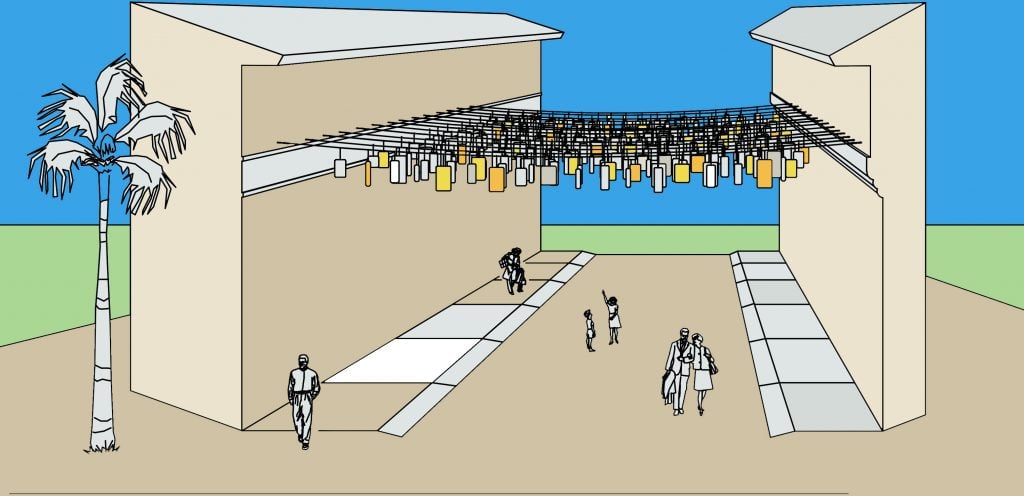
A conceptual image from one of Betancourt’s latest installations. Courtesy of the artist.
Oftentimes, art-making is rooted in research around a specific interest or inquiry, with the work reflecting a unique perspective from which to consider the world we live in. What points of concern do you consider to be most urgent today, and how do each of you tackle those issues in your practices?
L.L.: I belong to [a] native community, which is Zapotec. I really try to focus my work on stories from the Zapotec perspective, from an indigenous community perspective. We’re in a very important moment right now.
From my very personal point of view, there should not exist any boundary or division between people. [My work tries to] erase those boundaries, to remove those things that separate us.
We have stories just as any humans in the world. We love. We feel pain. We are sad. We are happy. I’m just trying to navigate all those topics from a Zapotec perspective.
C.B.: For me, nature—it’s imperative. And also culture—the past, traditions, spiritualism, or believing in something greater than yourself, whatever that is. Those are things that touch me very greatly. I like to create art that is alive—that feels like there’s some force bigger than me in my work. I think there’s this huge void.
We’d love to hear about your creative processes.
C.B.: I always see myself, as many artists do, as a vehicle—I am just a vehicle to execute [ideas]. Of course, I have a language that I work with—I deal with issues of memory, beauty, nature, culture, and syncretism—[but] I’m not tied to a specific medium. It could be something I never worked in before. The idea guides me. So, I’m not limited. I like that sense of freedom.
I use materials according to the artwork I’m exploring. In the case of [my installation, Milagros!], I used hojalata—which is kind of like tin [or] a sheet of brass—because artisans from Oaxaca have been working for generations with [it]. It was imperative that I used exactly the same materials—I want to remain truthful so that a tradition is easily identified.
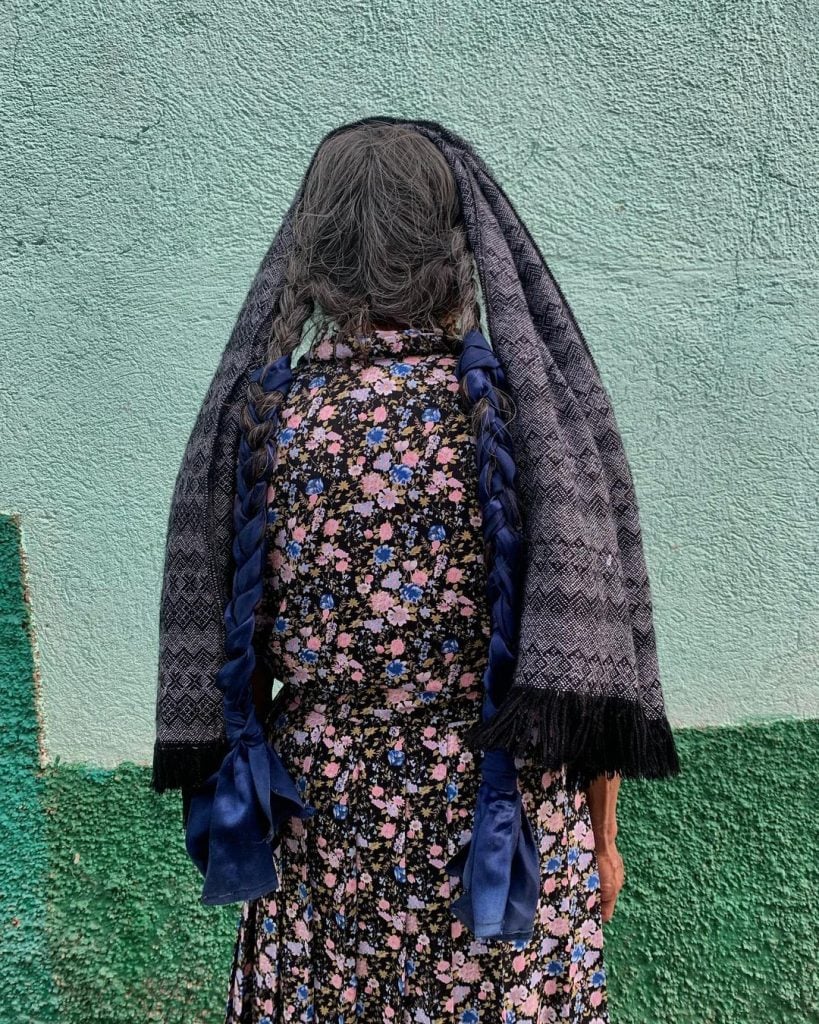
Luvia Lazo, Mujerdelrio. Courtesy of the artist.
L.L.: I think photography is a totally different thing than being like a painter in front of a canvas. To me, it’s more how I approach people and the topics I want to talk about.
It’s very common to use people in photography as objects; [the medium] is constantly used to show the sad things about life [or] in the news. But I really feel like cameras should be directed [at] another angle.
C.B.: I’m in love with how [you] embrace [your] culture, [Luvia]—so honestly and organically. The way [you] capture [and] give voice to people—it’s like they are [your] muses. It reinforces how important it is to go to one’s roots [when making art].
How do you feel artistic exchange and dialogue can be beneficial to one’s own practice, and more broadly, to the art world?
C.B.: I work so much on my own. I do collaborations with my partner as well, but it’s difficult for me personally. I’m used to living in my world; I’m used to living in my quiet space, in my studio. I just do things in ways that speak to me, that speak to my soul. I think most artists are like that. We share freedom—the freedom that you get to express yourself.
Having said that, I’ve learned the most incredible things when I collaborate with others. I’ve discovered things that I didn’t know about my [own] work. It’s helped me push boundaries. But it’s always been challenging for me.
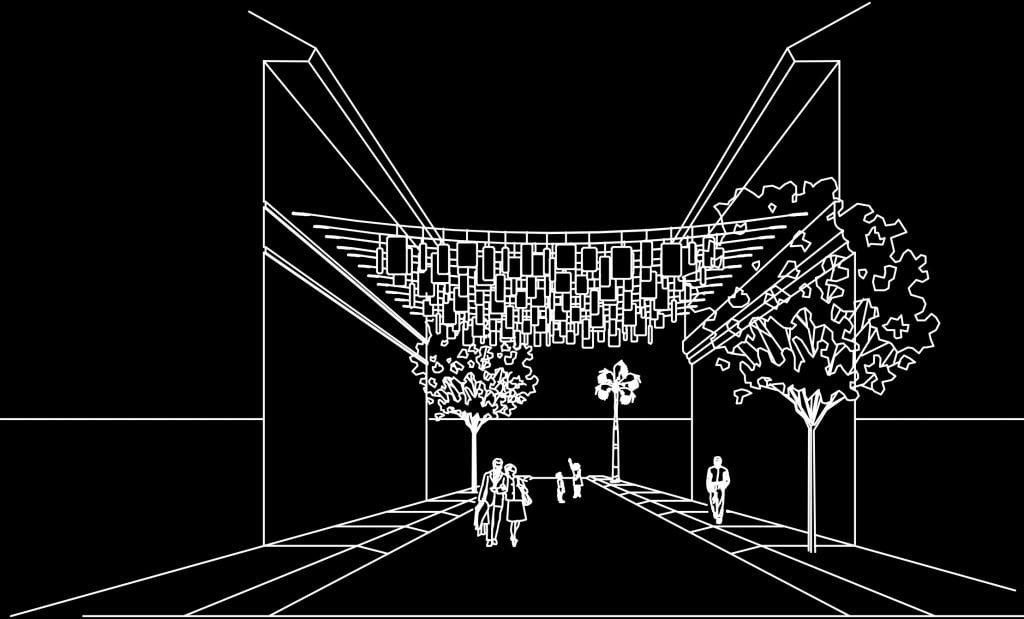
A conceptual image from one of Betancourt’s latest installations. Courtesy of the artist.
L.L.: I think if you allow these types of collaborations to happen, you have the opportunity to see you work through others’ eyes. Because, sometimes, when you’re creating something, you may feel that you’re the only one understanding it. But when you allow other people to come in and to share and to collaborate, you allow yourself to learn [something new] about your work.
I’m not really used to collaborating with people from photography, but the few times I’ve done it, it’s allowed me to improve.
Can you speak about what you are creating for ‘Exquisite Forms’? As the endeavor is an ode to spontaneity and framed as a purely creative exercise, could you share insight into your vision and how it manifested itself in the end?
L.L.: I was a bit afraid of what to do. When I feel anxious, I find myself [making] little drawings in my notebooks. This exercise allowed me to use that energy to finally do something. It was very nice.
C.B.: This concept has been around for a while and I’ve never really explored it. Just the surprise factor [of it] was very exciting. It was difficult to think, Okay, what should I put here? Because she’s gonna come in and do something too. I felt a little bit controlled in that way.
As artists, we are so used to the concept of freedom. To work in collaboration was fascinating.
